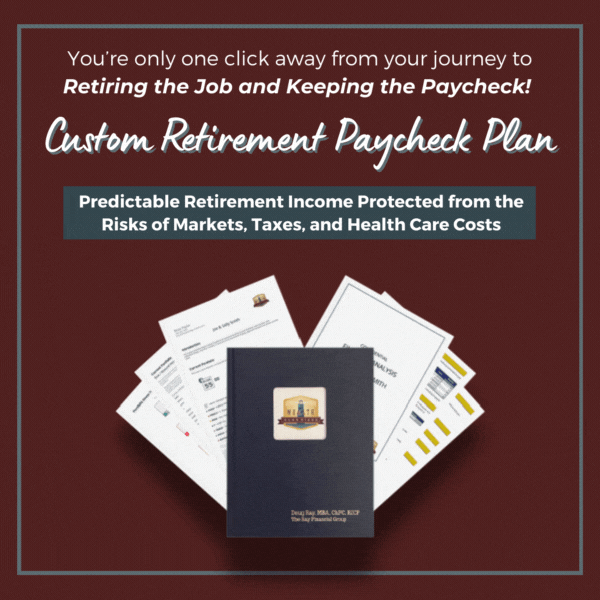 Forgotten expenses: One fictitious couple’s quandary.
Forgotten expenses: One fictitious couple’s quandary.
The situation seems to unfold the same way: Ron and Rhonda Retiree have what they feel is more than enough money for retirement. They calculate a monthly expense number and using some high school math identify the amount they want, around 5% of their portfolio, is sufficient for their needs. No need for detailed planning….they’ve got this.
But then it starts — the extra withdrawals. They forgot to include weekend jaunts or the maintenance on the boat or annual golf outings. They didn’t consider them a regular expense during the cash-flow analysis. Maybe the kitchen needs to be redone, or they need to buy a new car, or they want to give the kids money for a down payment on a house. All legitimate uses for their money — if they have enough, and if they planned for it.
Ron and Rhonda see their balance and assume they can dip into it anytime they want, with little impact on the long term cash flow. They don’t see that the continuous withdrawals are creating a scenario of trying to get the same cash flow out of a much smaller portfolio. When the additional expense are added into the calculation their cash flow needs become a much larger percentage of their portfolio and poses a significant challenge in making their savings last. The result: A cash flow need estimated at 5% annually turns into a 7%, 10% even 15%. Spending 5% a year was doable. But 15% is not realistic.
Be extra generous with your expense estimates.
Well before retirement, you should realistically calculate retirement expenses. When we sit down with folks, we factor in inflation, ask about large expenses they are planning and dig deep to determine everything they will spend money on. Gifts, trips, parties. It all costs money. Then we estimate high. Always estimate expenses high.
Then we look at their sources of income. Pensions, Social Security, retirement accounts, investment portfolios, savings, businesses, part-time jobs — everything. Again, we apply inflation and project their income forward. If you estimate expenses high and income low, you can often mitigate against some unpleasant surprises. Always estimate income low. History shows us that usually expenses will decline in the later years of retirement. There are less trips; you sell the summer house and generally spend less. But your expectations have to be realistic.
I’ve been in the business since 1988 and over the past 30+ years, I’ve seen it all. If you want to make your money last in retirement, being honest with yourself, early and often, is the best strategy to ensure retirement success. Along with honest numbers it’s important to create a guaranteed income bucket, a growth bucket that has downside protection along with provisions for health care and taxes. Retirement planning doesn’t start when you are 65. It starts years, even decades before you retire. And it starts with you being upfront with yourself and your financial planner and having realistic expectations.
If you haven’t done so, consider sitting down with us for a no-cost, no-obligation 2nd opinion about your current retirement plan. Give us a call at our Charlotte office at (704) 248-8549, or our Clemmons office at (336) 391-3409. Or, click here to request a meeting with our team of financial experts.
Our Custom Retirement Paycheck Plan shows how to protect your retirement from the risks of unexpected market swings, tax changes, and health care expenses using a mathematically tested strategy to create lifetime income allowing you to stop worrying about outliving your money and get on with enjoying the rest of your life.
Let us show you in black and white a custom retirement income plan that is comprehensive, individualized and based on strategies that balance growth with downside protection. Get your Custom Retirement Paycheck Plan now!
[SOURCES & ADDITIONAL DISCLOSURES]
Copyright © 2017 The Kiplinger Washington Editors. All rights reserved. Distributed by Financial Media Exchange.







